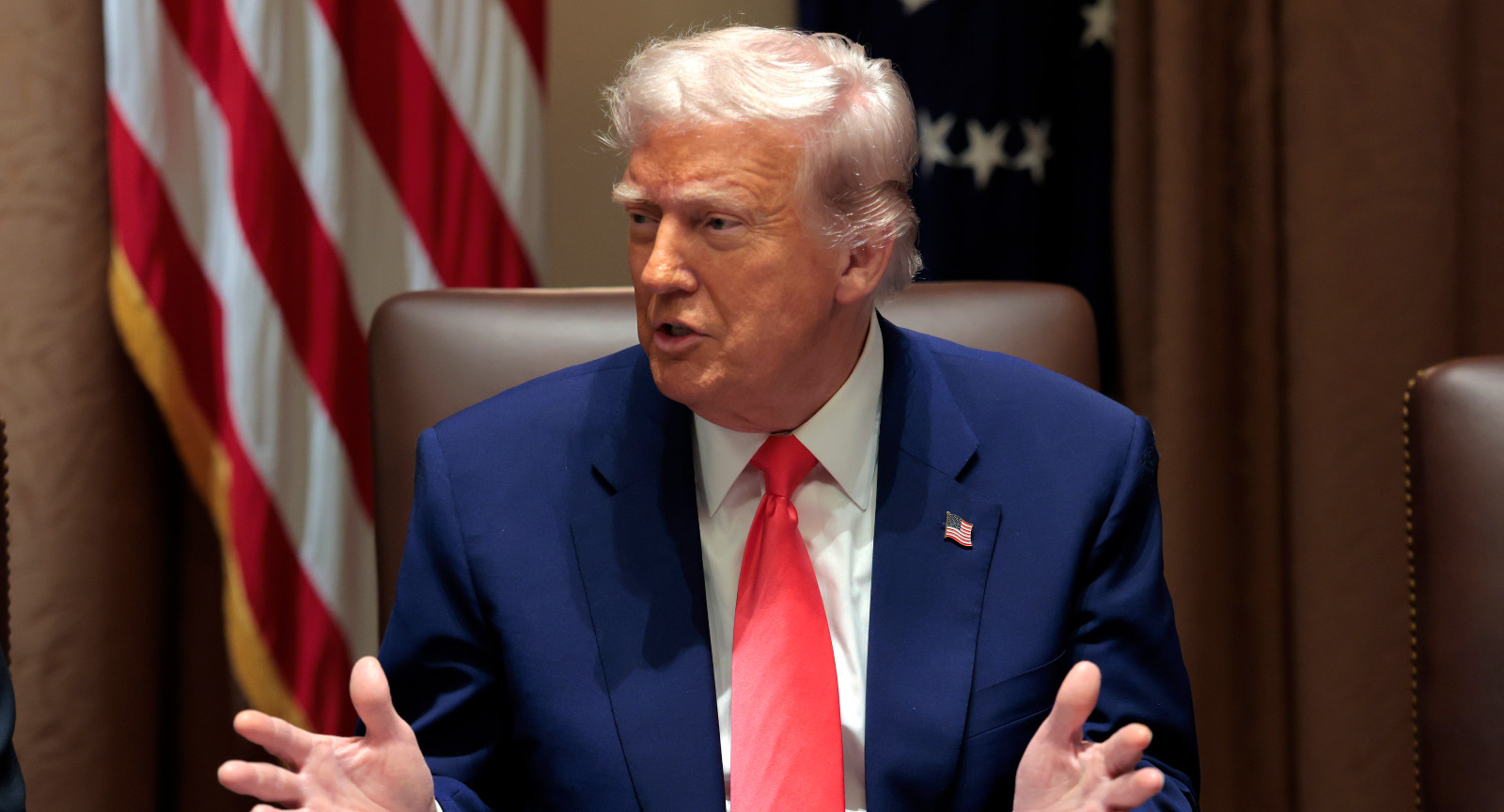A New Era of In-Person Federal Work
Recent government data marks a watershed moment in the evolution of the federal workplace. According to the Bureau of Labor Statistics’ April employment report, 81.8 percent of federal employees now report no paid remote work, the lowest telework rate since before the COVID-19 pandemic. By comparison, 79.2 percent of private-sector workers remain fully on-site. This dramatic shift, championed by the current administration as a triumph of accountability and efficiency, represents a remarkable reversal of the telework practices that had become embedded under the previous administration.
Key Telework Statistics: Federal vs. Private Sector
| Worker Category | No Remote Work (%) | Some Remote Work (%) | Full-Time Remote Work (%) |
|---|---|---|---|
| Federal Employees (Apr 2025) | 81.8 | 8.9 | 9.7 |
| Private Sector (Apr 2025) | 79.2 | 11.0 | 9.8 |
| Federal Employees (Apr 2024) | 68.5 | 19.8 | 11.5 |
Source: U.S. Bureau of Labor Statistics, April 2025 Jobs Report
In just one year, the share of federal workers never teleworking jumped from 68.5 percent to 81.8 percent, while “some remote work” fell from 19.8 percent to 8.9 percent. Those fully remote dropped from 11.5 percent to 9.7 percent. The administration’s return-to-office push has outpaced even the private sector’s gradual rollback of pandemic-era flexibility.
Executive Mandate: From Day One, A Return-to-Office Priority
Trump’s January Directive
Within days of taking office, President Trump signaled a hard line against remote federal work. In a January speech from the East Room, he declared:
“If you work for the federal government, you must show up on time and on schedule. Working from home is unfair to the millions working at job sites, and most teleworkers aren’t productive.”
He signed executive orders mandating all federal employees return to their offices by February 6th, warning that refusal would result in termination. He framed the policy as both a productivity measure and a method to shrink government by attrition—expecting many employees to resign rather than comply.
“Laken Riley Act” and Bureau of Government Efficiency (DOGE)
Shortly thereafter, the so-called Laken Riley Act codified the February deadline, and the newly formed Department of Government Efficiency (DOGE), led by Elon Musk as a special government adviser, oversaw implementation. Musk, drawing on his private-sector anti-telework stance, championed weekly “5-bullets” accomplishment reports and mandatory location-tracking systems, sparking privacy concerns among federal employees.
On-the-Ground Impacts: Workspace Crunch and Workforce Decline
Office Overcrowding
With telework rates slashed, many agencies have struggled to accommodate returning staff. Anecdotal reports include:
-
Hot-desking and desk-sharing, as agencies had subleased or reduced office footprints during the telework era.
-
Workers relegated to conference rooms or storage closets when no desks were available.
-
Supervisors at FEMA reportedly flipping coins to decide desk assignments.
Staffing Reductions
Despite claims that the policy would trim “waste,” BLS data show federal payrolls down 9,000 positions in April and 26,000 since January 2025. While payroll counts include employees on paid leave, the trend suggests the anticipated attrition is indeed materializing—consistent with the administration’s forecast that many would rather leave than return.
AFGE Perspective: “We’re losing experienced specialists who have private-sector options,” warns a union spokesperson, calling the exodus a “brain drain” rather than an efficiency gain.
Private Sector Comparison: Hybrid vs. Full Return
In contrast to the federal government’s all-in-office mandate, many private companies have embraced a hybrid model:
-
Technology firms (Microsoft, Google) require 2–3 days in office, remote flexibility otherwise.
-
Financial services (Citigroup, Goldman Sachs) combine in-person collaboration with remote work for individual productivity.
-
Professional services (Deloitte, PwC) tailor in-person requirements by project needs.
This nuanced approach aims to balance collaboration and employee satisfaction. Research by Georgetown University finds hybrid workers report higher morale than those in fully remote or fully on-site roles—underscoring the federal policy’s divergence from evolving best practices.
Claims of Efficiency and Cost Savings
Administration’s View
White House officials assert that the return-to-office policy:
-
Boosts productivity through in-person oversight
-
Strengthens organizational culture via spontaneous collaboration
-
Reduces government size as unwilling employees depart
Spokesman Kush Desai told The Washington Times:
“This administration promised transparency, accountability, and efficiency—full in-office schedules deliver on that promise.”
Skeptical Analysis
Former OPM Director Katherine Archuleta counters:
“Agencies cannot simultaneously shrink space for cost savings and then refill offices. The arithmetic doesn’t add up.”
Moreover, detailed cost-benefit analyses remain unpublished, leaving the claimed savings unverified.
Criticisms: Productivity, Retention, and Diversity
Productivity Evidence
Studies conducted during the pandemic demonstrated that remote federal workers maintained or exceeded performance metrics. Public administration experts argue:
“Outcome-based management, not physical presence, drives real productivity.” — Dr. Jason Windham, Georgetown University
Talent Exodus
Technical fields—IT, cybersecurity, scientific roles—suffer most as employees seek hybrid opportunities elsewhere. A former senior OPM official notes government already lags private sector in compensation; eliminating telework further exacerbates recruitment challenges.
Diversity and Inclusion
Telework options have been pivotal for:
-
Working parents and caregivers
-
Employees with disabilities
-
Underrepresented groups
Strict in-office mandates risk disproportionately driving these talent pools out of public service.
The Legal Battlefield
Union Lawsuits
Federal employee unions filed multiple lawsuits, claiming the policy violated collective bargaining agreements and the Administrative Procedure Act. Key developments:
-
February 2025: A district court blocked mass terminations.
-
April 2025: The Supreme Court stayed a lower-court order requiring rehiring of probationary employees.
Coalition Challenge
In May, a coalition of unions, nonprofits, and municipalities (Chicago, Baltimore, Harris County) sued to overturn executive realignment efforts, arguing that DOGE—an advisory commission—lacked congressional authority to dictate staffing levels.
The White House maintains all actions are lawful and within executive power; Harrison Fields, presidential assistant, affirmed:
“Every step taken is constitutional and in the public’s best interest.”
What Comes Next: The Future of Federal Telework
Institutionalization of In-Office Policy
With Musk’s 130-day DOGE term expiring and no signs of policy rollback, agencies are adapting to permanent in-office norms. Federal HR leaders foresee:
-
Revised recruitment strategies emphasizing in-person expectations
-
Enhanced performance-management systems focusing on in-office metrics
-
Facility investments or reconfiguration to fit full staff rosters
Potential Reversals
Opponents pin hopes on:
-
Court injunctions reinstating telework rights
-
Collective bargaining wins preserving hybrid arrangements
-
Future administrations reversing mandates via executive order
Conclusion
The precipitous drop in federal telework—from 31.5 percent occasional or full remote work in April 2024 to 18.2 percent in April 2025—signals a seismic cultural shift. What began as an ideological push for “in-office accountability” has translated into real workforce attrition, operational challenges, and intense legal battles. As private industry moves toward flexible hybrid models, the federal government stands at a crossroads: continue the all-in-office revolution or recalibrate to align with proven productivity and retention strategies.
For now, the policy holds firm. But as agencies grapple with space constraints, talent shortages, and employee morale concerns, the debate over telework’s role in the public sector is far from settled. The next months—and court rulings—will determine whether this return-to-office mandate endures as a permanent fixture or becomes a cautionary chapter in federal human-capital management.

Adrian Hawthorne is a celebrated author and dedicated archivist who finds inspiration in the hidden stories of the past. Educated at Oxford, he now works at the National Archives, where preserving history fuels his evocative writing. Balancing archival precision with creative storytelling, Adrian founded the Hawthorne Institute of Literary Arts to mentor emerging writers and honor the timeless art of narrative.
